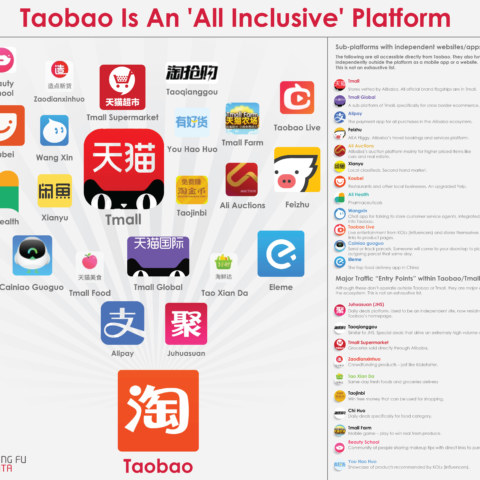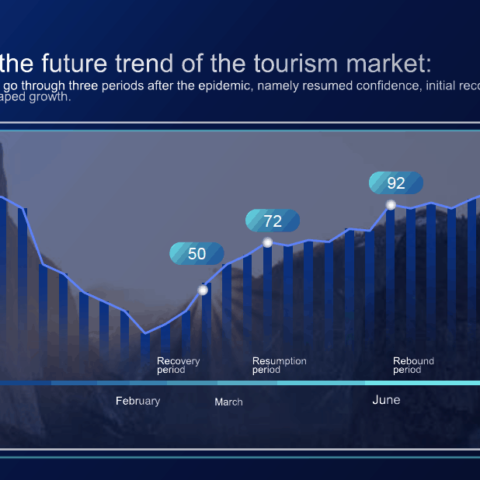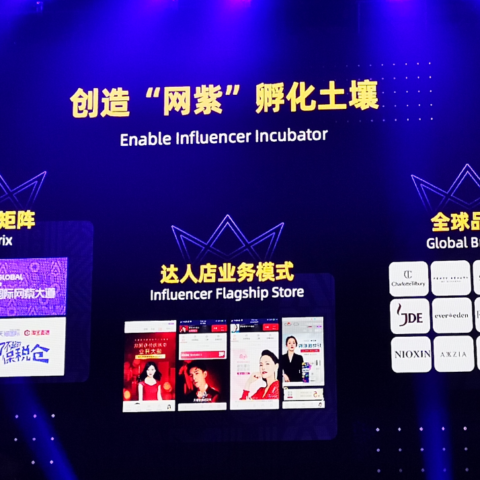Growing the number of Chinese Tourist from second Tier-Cities!
New research from the China Outbound Tourism Research Institute (COTRI) suggests brands will need to start paying more attention to China’s affluent travelers from second- and third-tier cities.
Their report reveals that out of the more than 200 million trips expected to be taken out of China by Chinese travelers this year, more residents of second- and third-tier Chinese cities are trekking to overseas destinations as flight connections become more flexible and favorable to these tourists. On their itineraries are Asia’s popular holiday spots, but the United States, Australia, and an increasing number of cities in Western Europe are also seeing similar tourism patterns.
The attribution of this influx to the availability of direct flights is especially of note, given that on the whole, options are still limited for travelers not living in cities like Chengdu or Urumqi. According to the report, this means these outbound destinations “will form particularly important hubs for travelers from such source cities until direct connections with more non-Asian destinations are established.”
The most favored European destination by second- and third-tier tourists cited by COTRI—France—has long been a known dream destination for China’s affluent travelers. Yet it seems that first-tier travelers are moving on because France sees 40 percent of its tourists coming from second-tier cities, and just 31 percent are coming from first-tier. Overall, France’s capital is gaining appeal and consistently tops travel wish lists for affluent Chinese, including Hurun’s Chinese Luxury Traveler 2015 report. The number of bookings made through China’s leading online tourism company, Ctrip, to Paris during Golden Week tripled compared to last year.
According to COTRI’s prediction, “the trend of increasing numbers of Chinese tourists arriving from second- and third-tier cities will continue,” meaning that for retailers and hoteliers across the world, “it will become even more crucial to effectively satisfy these customer groups’ needs and expectations.”
Leave a Comment
































